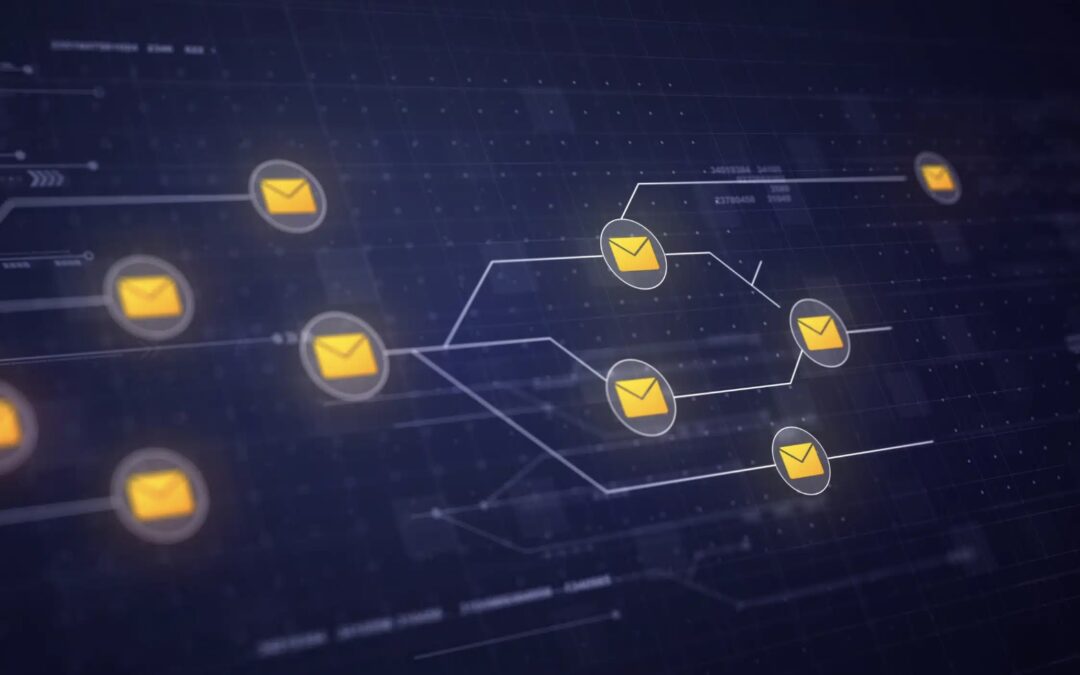By Tom Wozniak, COO – published on Webbula as a guest post on 8/15/23
Not sure if you’ve heard, but 2023 is going to be known as the year of Artificial Intelligence (AI). So will 2024, 2025, and… well, you get the idea. While AI has become a cultural phenomenon this year, the email marketing industry is one of the many industries it has impacted beyond just conceptually. Email marketers have actually been leveraging AI for years. Think about all those emails you receive from online retailers that promote new products based on what you have purchased in the past? Those are generated from AI tools. And marketers use auto-optimization solutions that rely on data from past campaigns to make decisions about how to improve performance going forward. So, if these types of tools have been available to marketers for years, why is everyone talking about it now?
What is AI Anyway?
It’s a fair bet that how true AI experts define it is a bit different than the typical marketer or consumer. With AI gathering interest not just from professionals, but plenty of typical consumers, it’s not surprising that the definition of AI is getting a bit hazy. While I’m not an AI expert, I think I can narrow down where the confusion comes in.
Is it AI or Machine Learning?
Machine learning has been around for decades and is largely the basis for many of the marketing tools used to optimize campaigns, recommend products and determine which consumers should receive which marketing messages at what time. Without getting too deep in the weeds, Machine Learning describes the process whereby a ‘machine’ (i.e. software) takes in and analyzes data that builds over time and then provides insights and learnings from that data. In a marketing context, this can mean taking in historical campaign performance data and providing optimization recommendations based on what worked and what didn’t in past campaigns.
When people talk about AI today, they are most often referring to Generative AI, which still uses a large data set, but its purpose is to generate text, images, and other media based on prompts from a user. This is where Chat-GPT, Bard, and other current AI tools fit into the equation. Because what they produce is more accessible to the general public, this is what has suddenly made AI explode into the cultural consciousness.
The problem a lot of technology people have is that the term AI is being used to cover all sorts of functionality that isn’t really AI – it’s machine learning. But, we’re probably past the point where that demarcation is going to get much traction going forward. From here on, it’s all going to be lumped together into the AI bucket.
Where AI Impacts Email Marketing
So, where does AI (in the looser definition) impact email marketing today? Not surprisingly, in a lot of ways.
Read the rest at Webbula.
Tom Wozniak is the COO and heads up Marketing and Communications for OPTIZMO Technologies.

